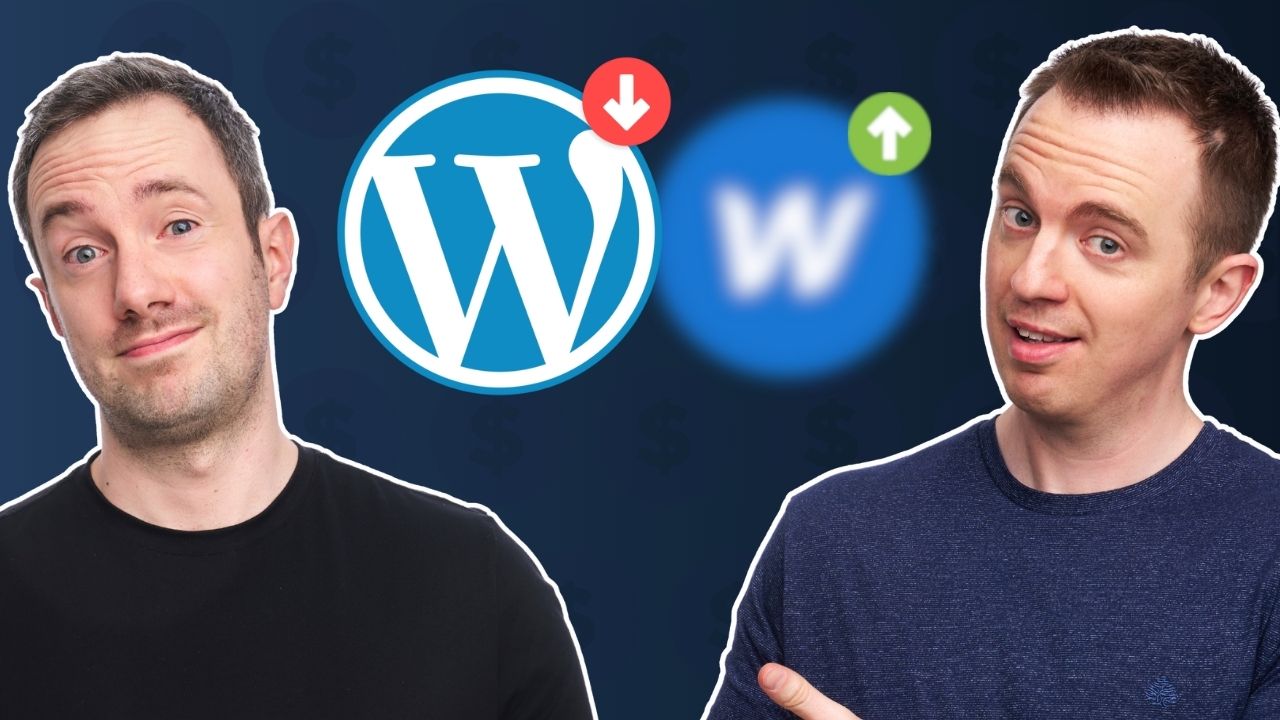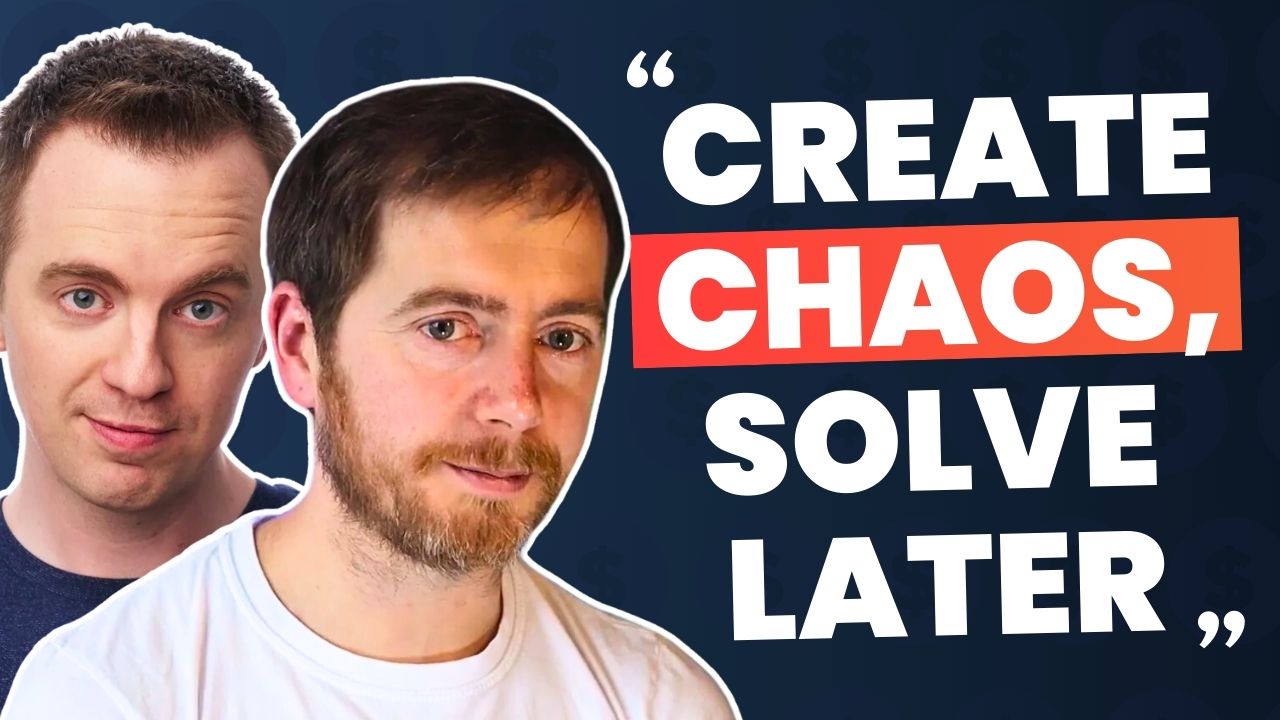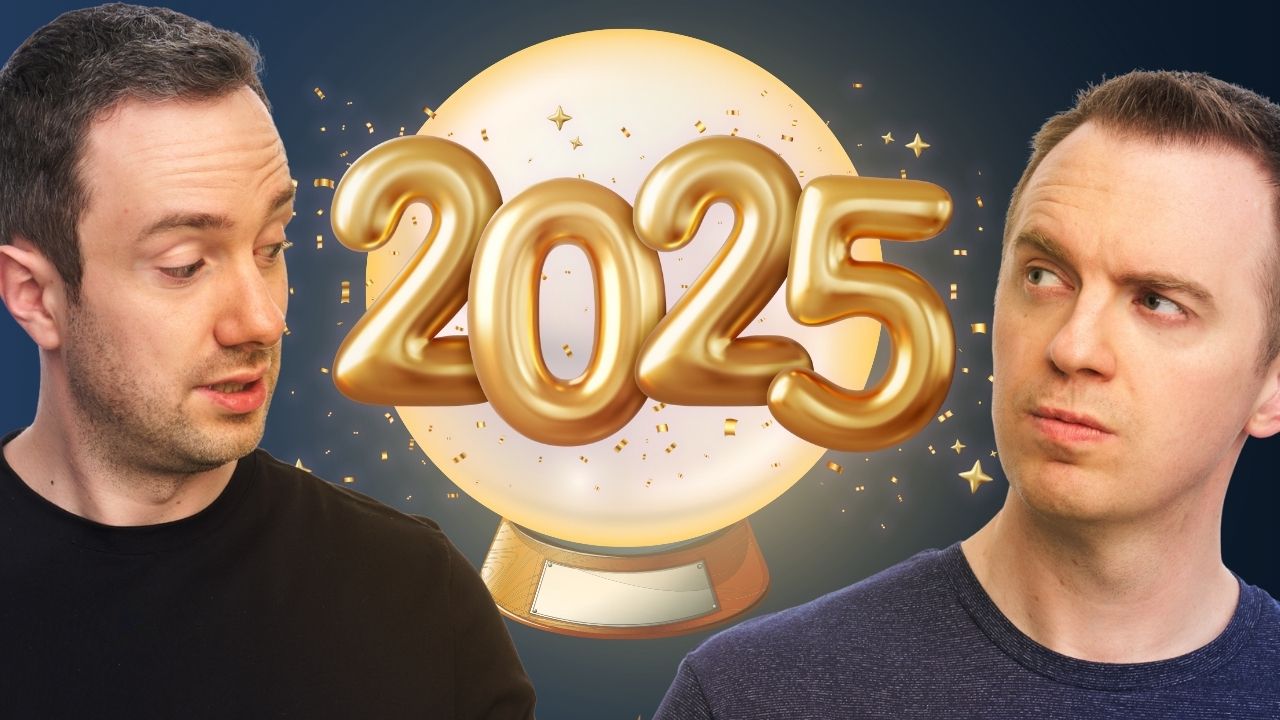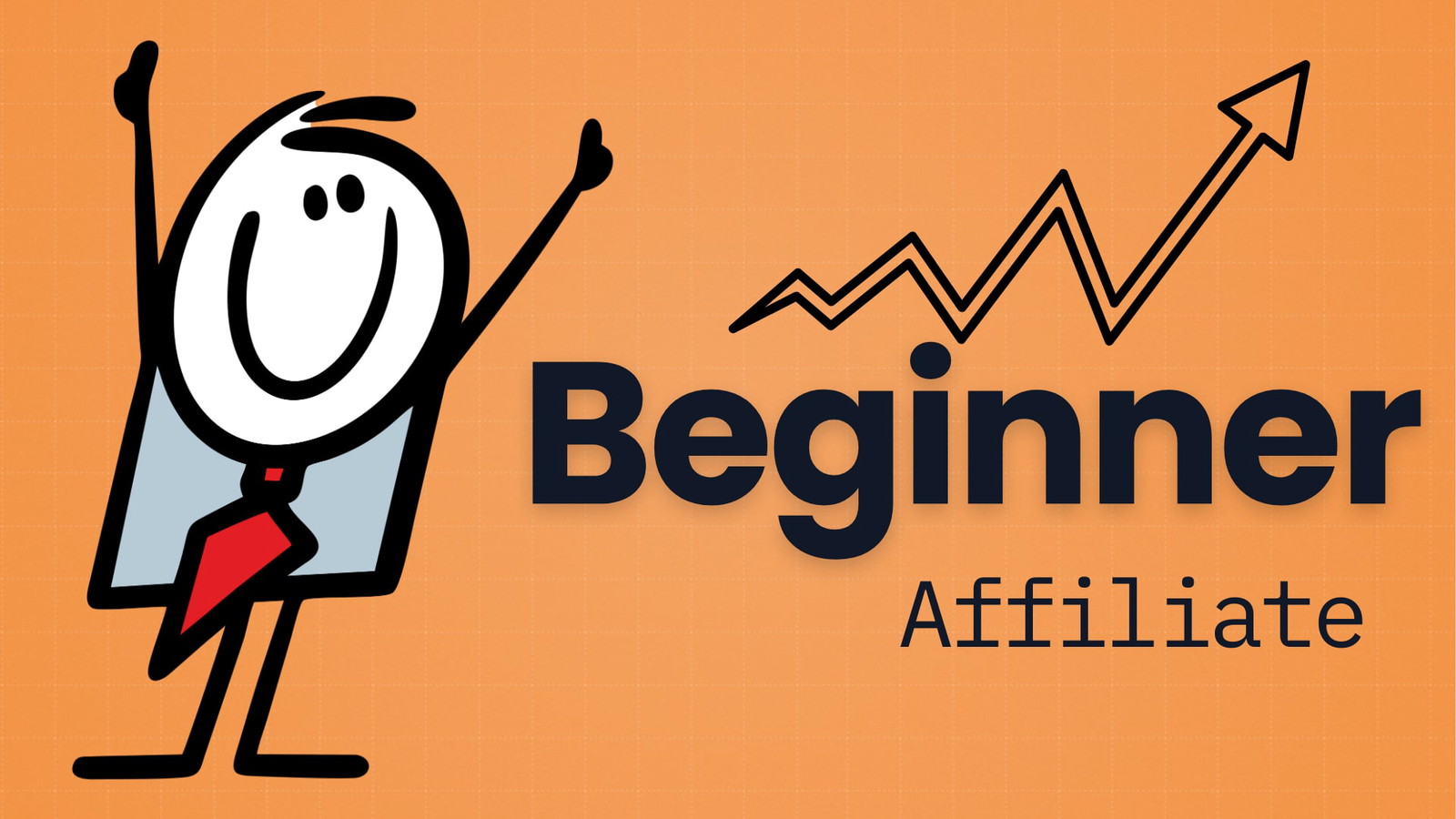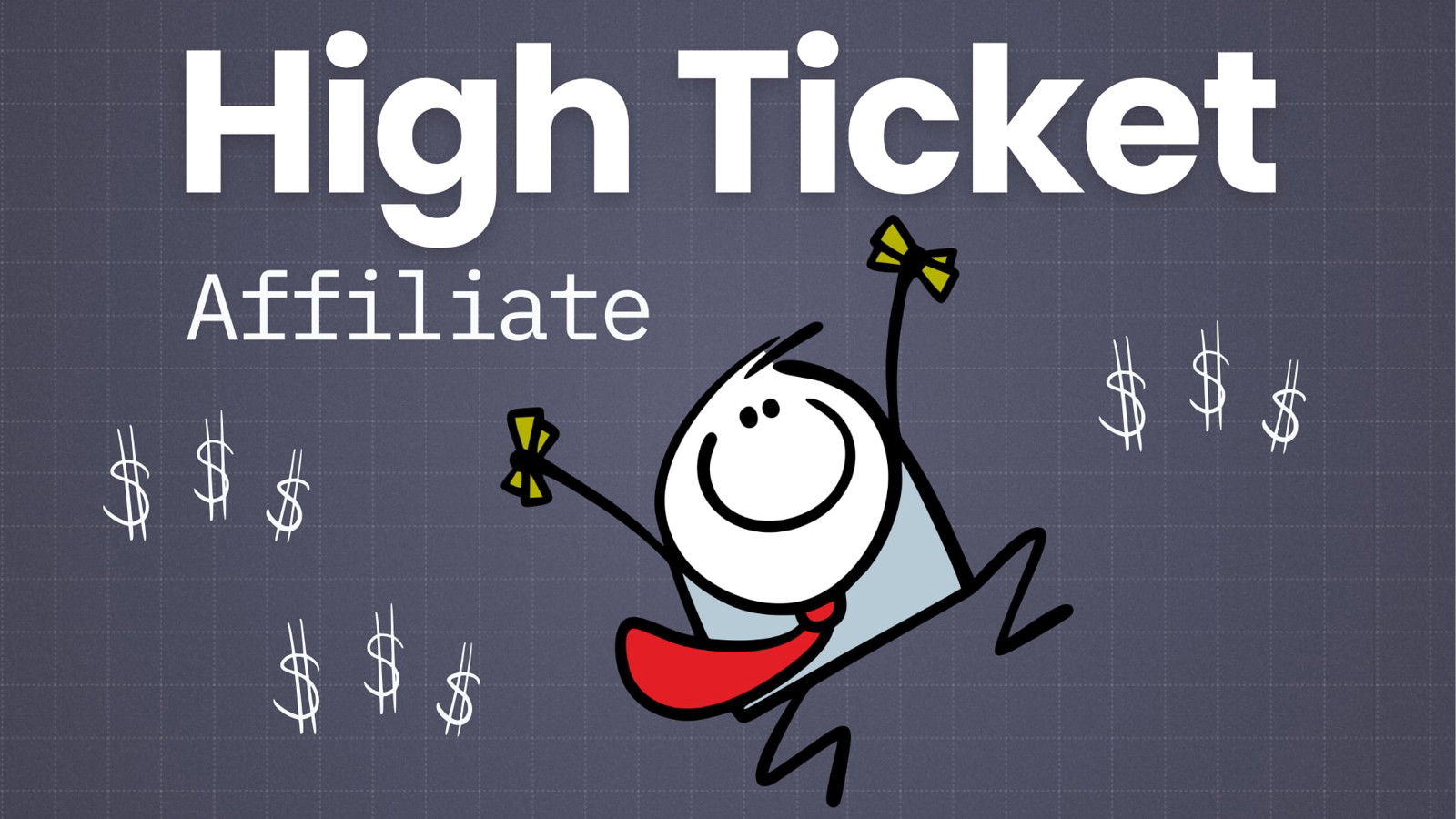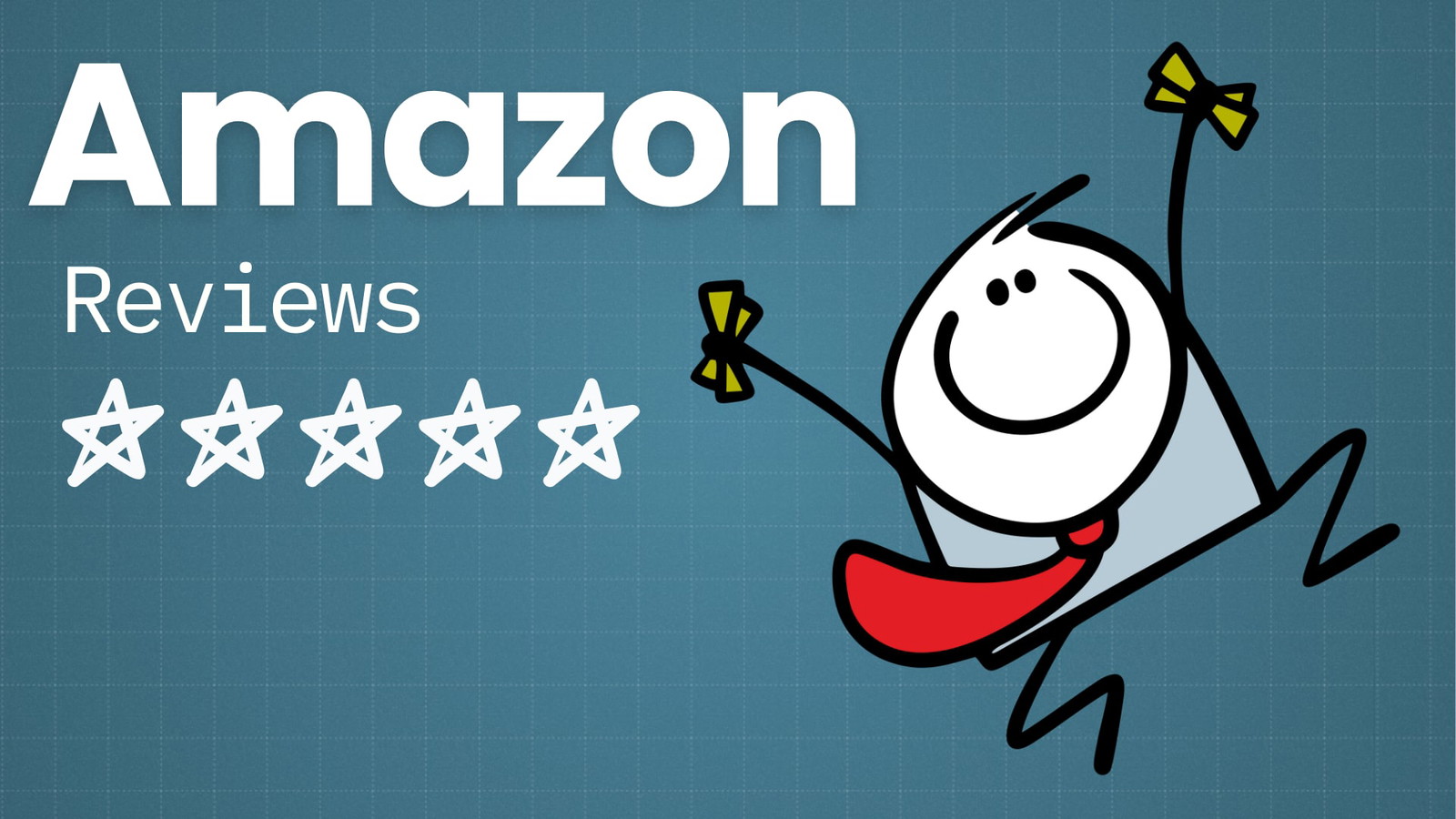Be warned however, because everything we share below is actual business data and I dig deep into it to gain actual insight on what course of action we should take in the future, this post is rather “advanced” and newbie marketers might find the end a little confusing especially since we are talking about email marketing.
Anyway, have fun with this advanced affiliate marketing post and let us know if you have any questions in the comment section!
A lot of people talk about building an email list and how this is the most profitable form of marketing out there.
We go out of our way to annoy our visitors with opt in pop ups, content upgrades and more.
But the sad truth is, once many marketers obtain that fought for email address from their visitors, they don’t often know what to do with it.
So they play it safe.
They send them their latest blog post, sometimes have a bit of a welcome autoresponder setup, sometimes a promo once or twice a year and well… that’s it.
Then people wonder why their email list does not generate them any ongoing revenue like all these marketers claim they should.
Sounds familiar?
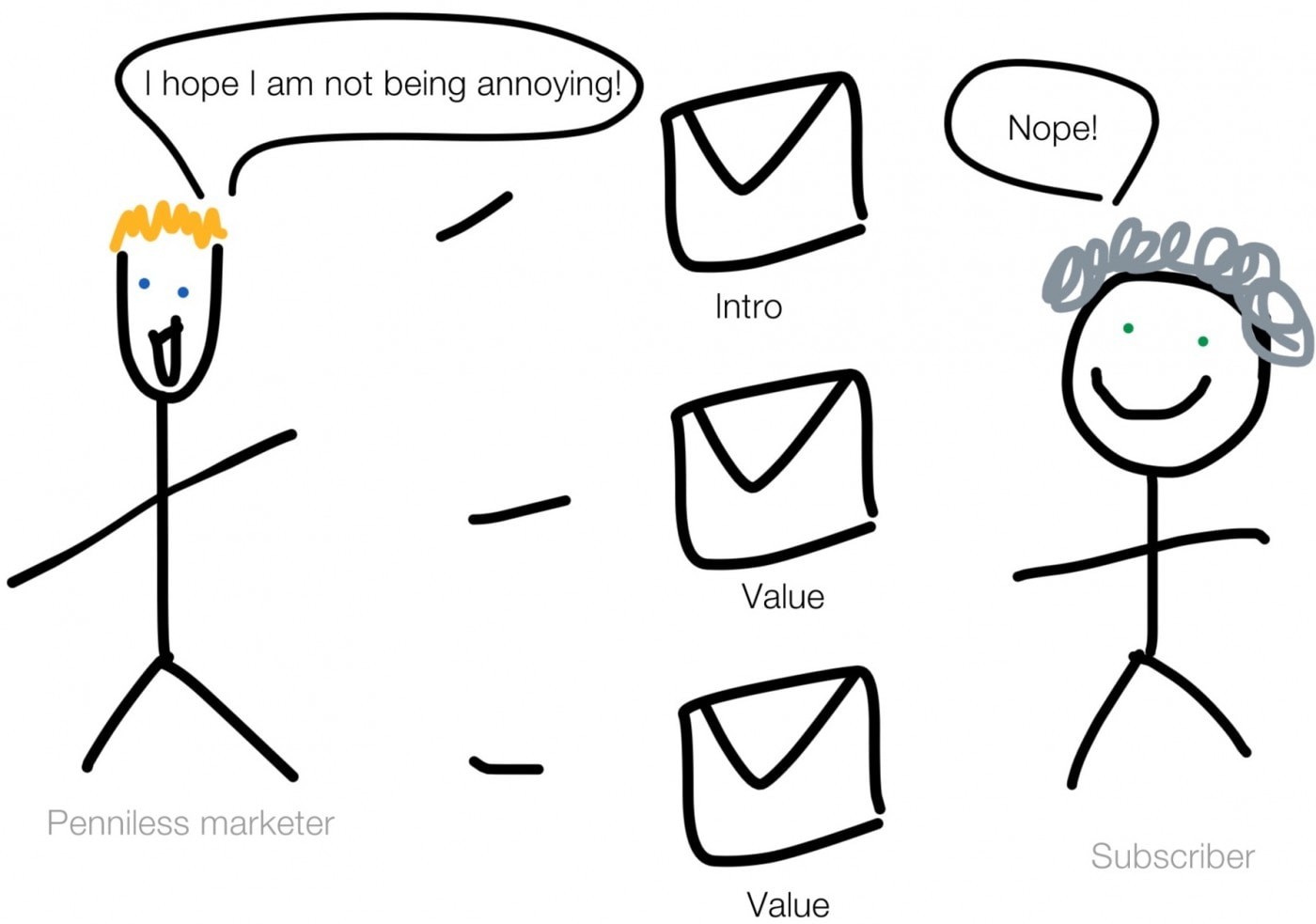
Well, that is exactly where Mark and I were with Health Ambition back in November / December.
We had a few monetised autoresponders generating ongoing money as people opt in from lead magnets and pop ups inside our blog posts (read about that here).
But as we were not posting at the time, they would them fall into oblivion and not hear from us at all after they were done with the autoresponder.
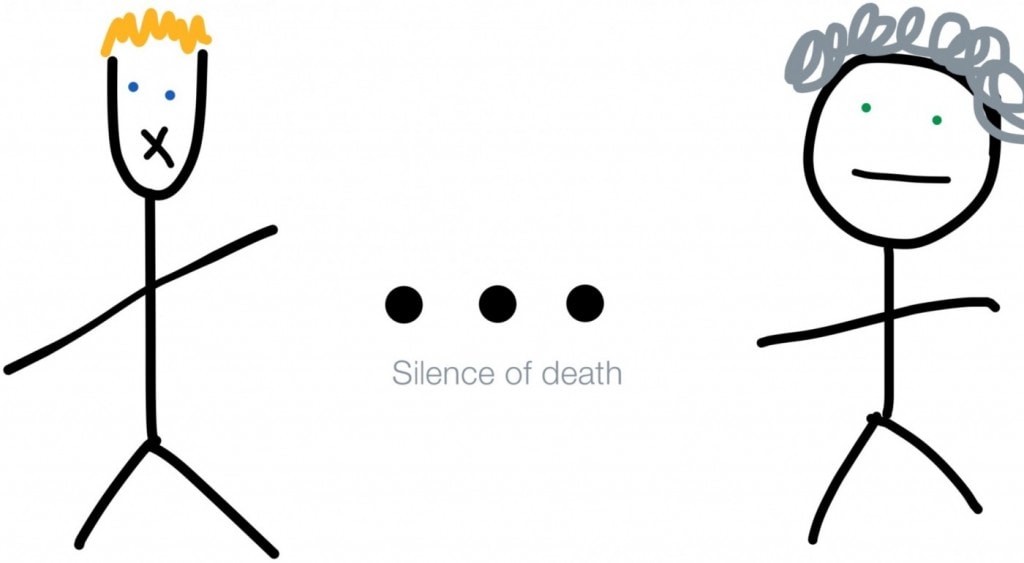
As time passes, subscribers we did not email anymore started to add up and on January 1st, they totalled 45,792 after list clean up.
That was a massive audience and we knew that a lot of marketers email their audience literally every day with offers and do very well for themselves.
So Mark and I sat down and decided to give it a go and went on to email the people on this list with a commercial offer almost every single day. You know, just to learn and see what happens.
What you will learn
- If emailing your list daily burns it out
- How to structure offers to reduce unsubscribes
- The maths behind daily emails
- How we generated $5,000+ from these broadcasts.
What We Did
So in total in January, our broadcast email list received 19 promo emails (and 1 resend) for 1 value email.
Here is what the calendar looked like:
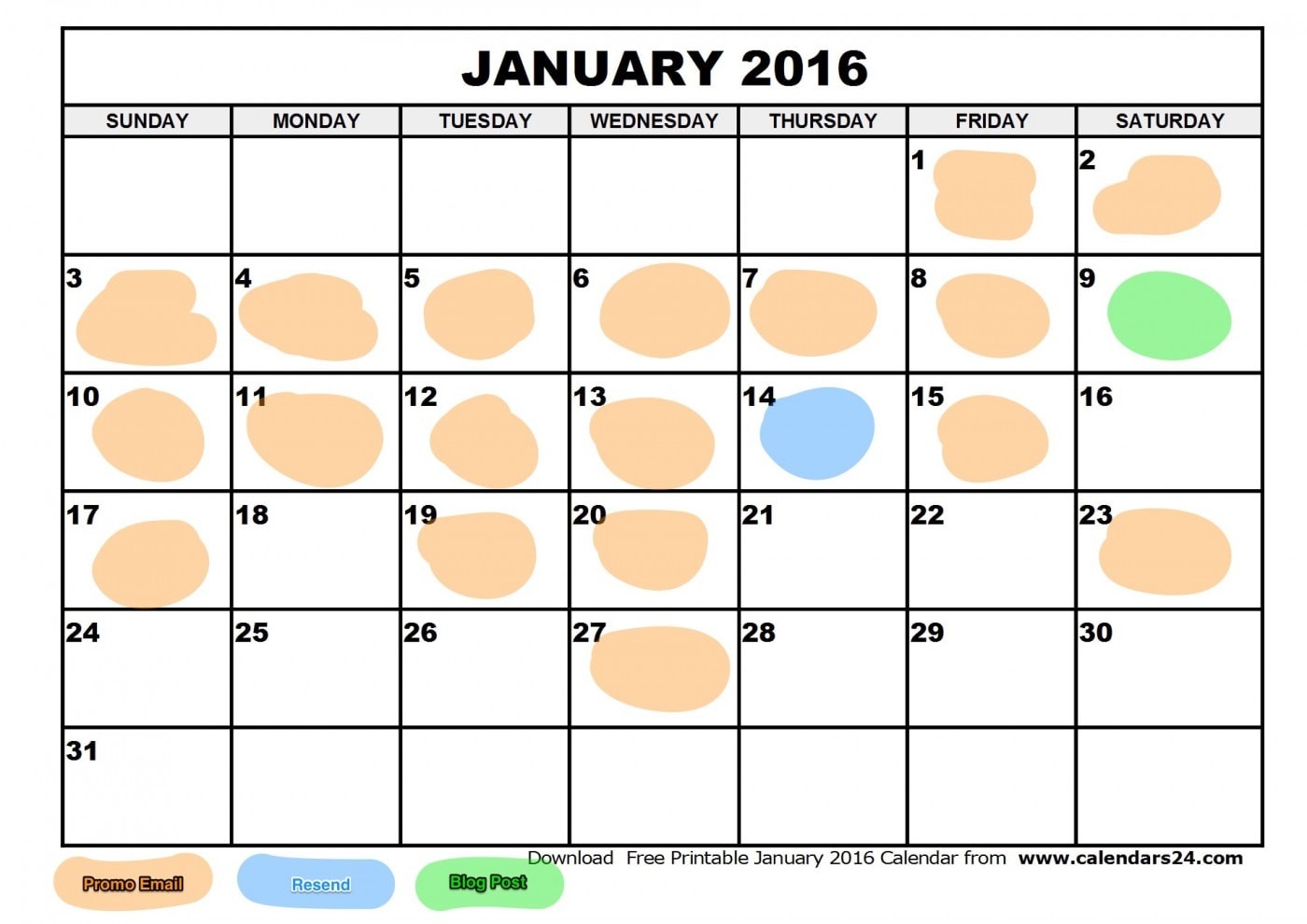
Now, this goes against all rules saying you need to provide value first and occasionally sell.
Although you could argue that our welcome autoresponder is full of value and does give first.
But because these leads were generating no revenue at all for us and costing us money, we decided it was worth sacrificing some of our list and good will to fine tune this part of the business.
So we did.
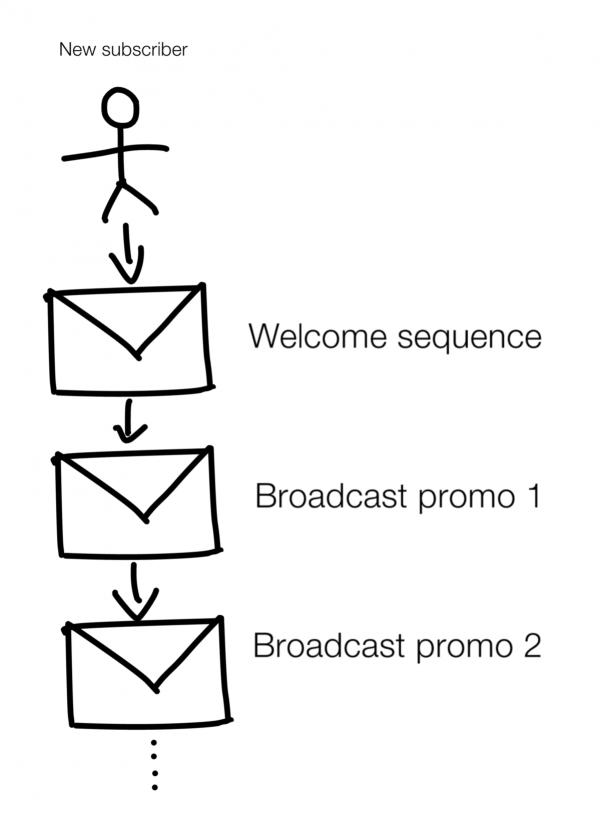
Since we had no ongoing value delivery, we took a bit of an indirect angle to about 30% of our promotions.
The other were emails straight to long sales pages or video sales letters.
When we went indirect, framed most of them as content using pre sales content that then leads people to sales pages at the end.
For example, one of the promotions we did was promoting a list of things to do in the morning to get healthier (pure value).
And at the end, there was a call to action to “go to the next page” for those who want to take things to the next level.
Here is a diagram of what this looks like:
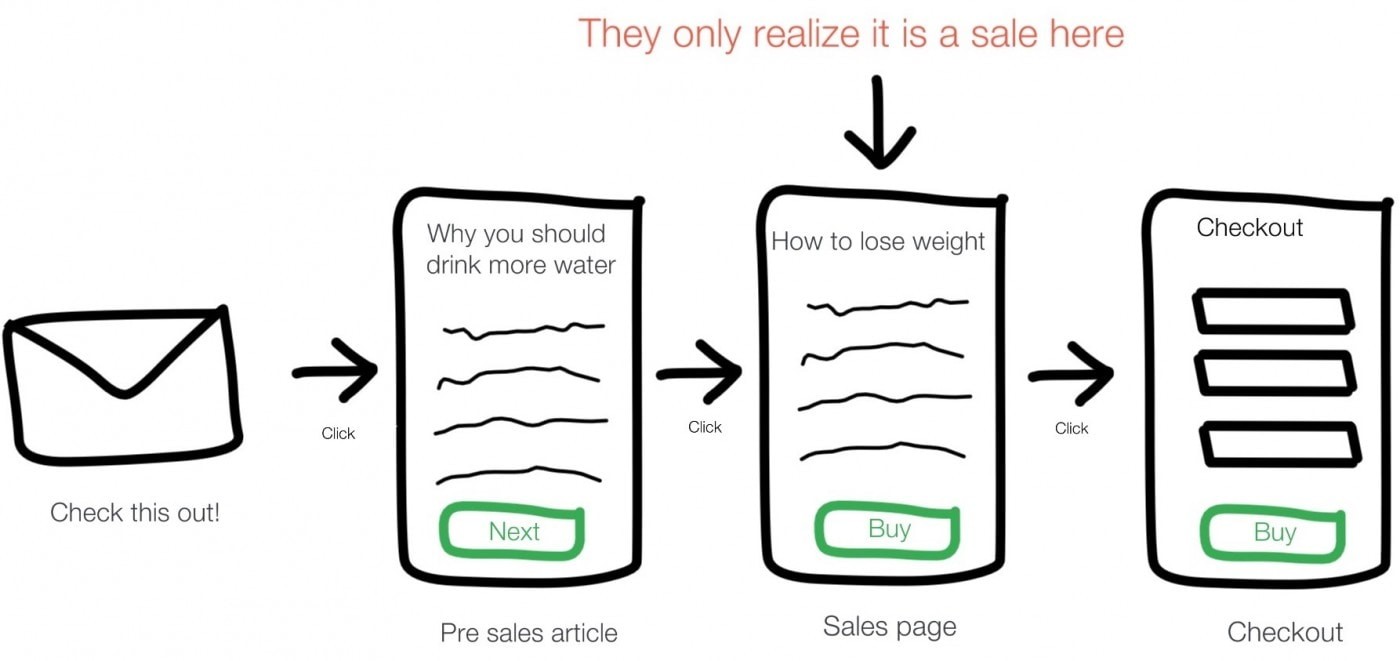
This is a format I particularly like because most people won’t even know you are selling something until they reach the sales page.
This means that for people to even realise you are selling something they need to:
- Open the email you sent
- Click on the link in the email
- Read the pre sales article
- Click on the call to action at the end of the pre sales article
All while giving them a value that is roughly equal to a blog post with the pre sales content.
This means that most people won’t see the sales page but those who do are really warmed up and engaged. And that translates into a much higher conversion rate while those who drop off don’t even feel you tried to sell them so you can try another time.
Another advantage of this method is that you can have several pre sales articles pre sell the same product.
By doing this, you don’t need to find nearly as many offers as you would if you were emailing a different offer every single day (huge time save).
So 7 of these 19 emails used this tactic. One issue though is that most of them promoted the same product at the end which leads to a bit of an offer fatigue as you will see.
The Results
I know you guys want numbers and want to know how much we earned so here you go.
But as usual on this blog, I am not just going to give you the numbers, I am going to give you context with those because frankly most case studies out there lack that.
So let’s ask ourselves some key questions.
Q1 – How Much Does Emailing Every Day Burn Your List?
Let’s kill the hype for a second here. Most people don’t like being emailed every day, especially not promotions.
And that may be the main reason why people do not email their list frequently, simply because they don’t want to do to others what they would not enjoy themselves.
BUT
We are not our audience.
What we see as boring and uninteresting may be gold for others. Plus, a lot of our promos were adding value through the pre sales article.
Plus, we are running a for profit business here. At the end of they day, your job as a marketer is not to run a charity but to make sales.
If emailing daily can help with that, you should, at least, consider it.
So first I started looking at the range of reactions from the people that emailed us back about these campaigns, these ranged from:

to

By the way, we don’t email random people, but they sometimes forget they signed up and get… upset.
Anyway, clearly those won’t help understand the true feeling of the list so I went back to the stats.
I first wanted to answer the following question:
How many subscribers did emailing every day make us lose?
After all, if people click the unsubscribe button, they probably do not like what they are receiving. So this was a good starting point to establish if daily emails were pissing people off or not.
Let’s look at the evolution of the list
| Date | List Size | Open Rate | CTR | Clicks | Unsub Rate |
|---|---|---|---|---|---|
| Jan 1st | 45.792 | 17.45% | 3.52% | 1455 | 0.46% |
| Feb 1st | 46.085 | 15.73% | 4.82% | 1955 | 0.37% |
| Average | – | 16.55% | 3.94% | 1611 | 0.43% |
| Median | – | 16.05% | 3.55% | 1469 | 0.37% |
A crucial piece of information we should not forget is the incoming new subscribers. During the period, we gained 5,396 subscribers on the site (174 / day on average).
If you remove the bounced emails and other noise data, this nets us at 4,647 unsubscribes in that period. Roughly 10% of the list.
But don’t get too attached to this number.
If you remember, I told you we had autoresponders running for new subscribers. This means that a portion of those unsubscribes can be attributed to them.
So I looked at the unsubscribe rate of the previous month where we did NO broadcast at all and only had autoresponders running.
I will save you the maths, the unsubscribe rate averaged at 3.4% monthly.
And that is just emailing around 10% of our email list (the new subscribers).
So looking at it now, we increased our reach by 1000% (10x more people received emails) and only increased our unsubscribe rate by 300%.
That’s quite good!
Moreover, if you look at the unsubscribe rate in the table above, we can see the highest unsubscribe rate happens in the first email.
I was curious so I plotted the unsubscribe rate of all the emails throughout the month and here is what I got:
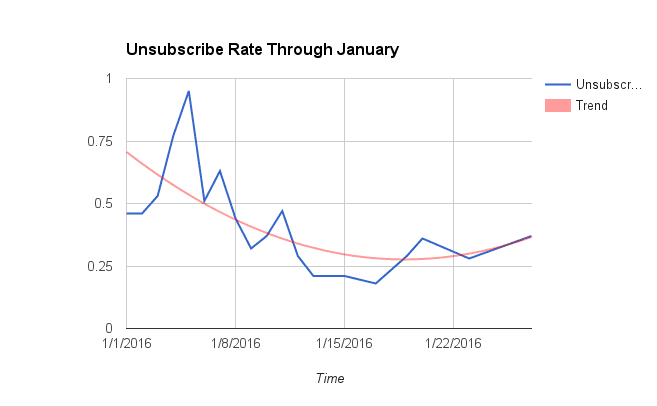
If you remove the fact that our 4th email did really terrible (we made a mistake in the link), the trend is still going down over time as we email daily.
As soon as we reduce the email frequency, it goes back up.
We have observed this trend kept going in February and March where the list has been growing again despite the fact that we kept the email frequency pretty high.

You can also note that these unsubscribe rates on individual emails are also quite low. We are at 0.25% to 0.4%`and that is after sending over a dozen promo emails.
So what does that mean? Should you email more or less frequently?
Well before we can answer the question, I had one more objection to my natural conclusions:
Is unsubscribe rate dropping because people like my emails or is it dropping because they don’t open my emails anymore?
let’s take a look at our open rate graph to decide that.
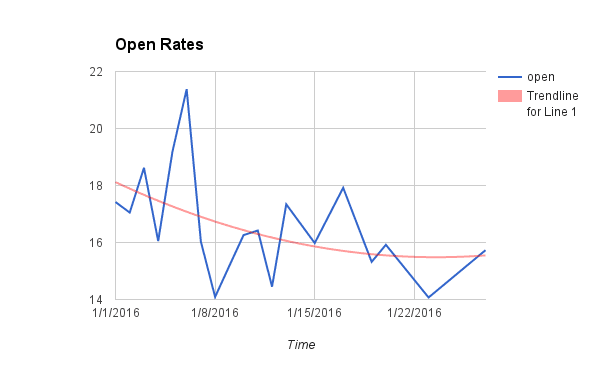
Clearly there is a correlation.
Highly opened emails get more unsubscribes and as we are increasing the frequency of emails, open rates drop on average.
However, be careful of the scale on that graph, really, most of the variation happened within 2 percentage points which is very little.
If we normalised the graph, it would look almost flat.
The drop also looks very logarithmic.
That means that the bulk of the drop-off happens at the beginning then slows down and stabilises as the audience left gets used to your email frequency.
Now the interesting thing to look at together with the unsubscribe rate and lower open rates is the number of clicks.
Common wisdom would tell you that as your list shrinks (or stagnates in that case) and your open rates decrease, the number of clicks to the offer should go down with it.
Especially if you email a promo every single time, my gut told me that people would get tired and that clicks and click through rates would go down to oblivion if we did that (especially using just a handful of similar offers).
Well, it does decrease …
A little bit …
But not nearly as much as you would think.
If you look at both the click through rates and the number of clicks, from the table above, it looks like the clicks and CTR are going up
That’s right. After emailing a promo to people every week day, people end up clicking your links MORE at the end.
Now to be fair, when you plot every single email throughout the month, you get a slightly different story:
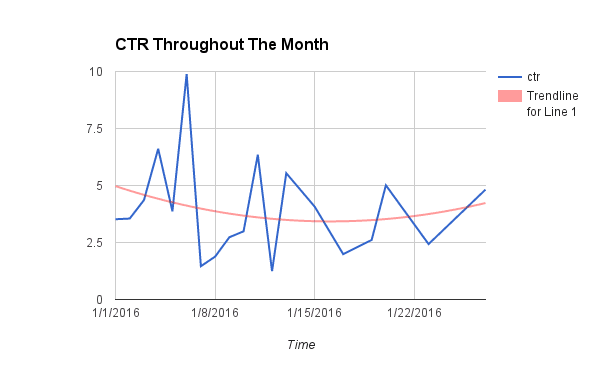
If we look at the trend, it does look like the number of clicks is evening out over time. The lows are getting a little higher while the high are getting a little lower.
But the main observation is that the number of clicks seems to be highly dependent on the campaign itself and the topic discussed (high spikes and low lows).
A lot more than when the promotion happened (and, therefore, the email frequency).
The funny part is that the second lowest low was the only email that was not a promotion.
It was a pure content blog post on what water to chose (this article)
As we slow down emails at the end of the month though, it looks like we are regaining the clicks back unlike the open rate that never really recovered.
This in essence means that while increasing the frequency of your emails will probably cause a rather permanent drop in open rates, the traffic you can generate from email will stay relatively similar, regardless of your aggressiveness level and depend a lot more on the offer itself than the timing of it.
Answer
Well from the looks of it emailing more frequently actually is a better option and your email list does not get nearly as tired as one would think instinctively.
The once in a blue moon emails (first ones) all got an above average unsubscribe rate. As we keep emailing daily, the unsubscribe rate drops off and goes back up as we email less frequently at the end of the month.
Additionally, you will probably notice a slight drop in open rates as you up your emailing frequency but it is minimal and quickly slows down.
On top of that, the actual traffic generated from these emails stays quite stable throughout the whole experiment.
Considering that you are paying for these low engaged subscribers in your email marketing plan and that emailing more frequently can easily 10x the traffic you generate, it still seems like a no brainer idea to email more frequently from a business stand point.
Alright, I think I have teased you enough with open rates, click through rates and unsubscribe rates.
What you probably care about is “Can these guys get away with selling every single day and keep making money?”
Q2 – Can You Generate Ongoing Sales With Daily Emails?
Short answer: Yes.
Most of the promos we did were done through ClickBank but we used another affiliate program I will not disclose here as well. That other program generated a $1034 in January.
As for ClickBank, here are the stats:
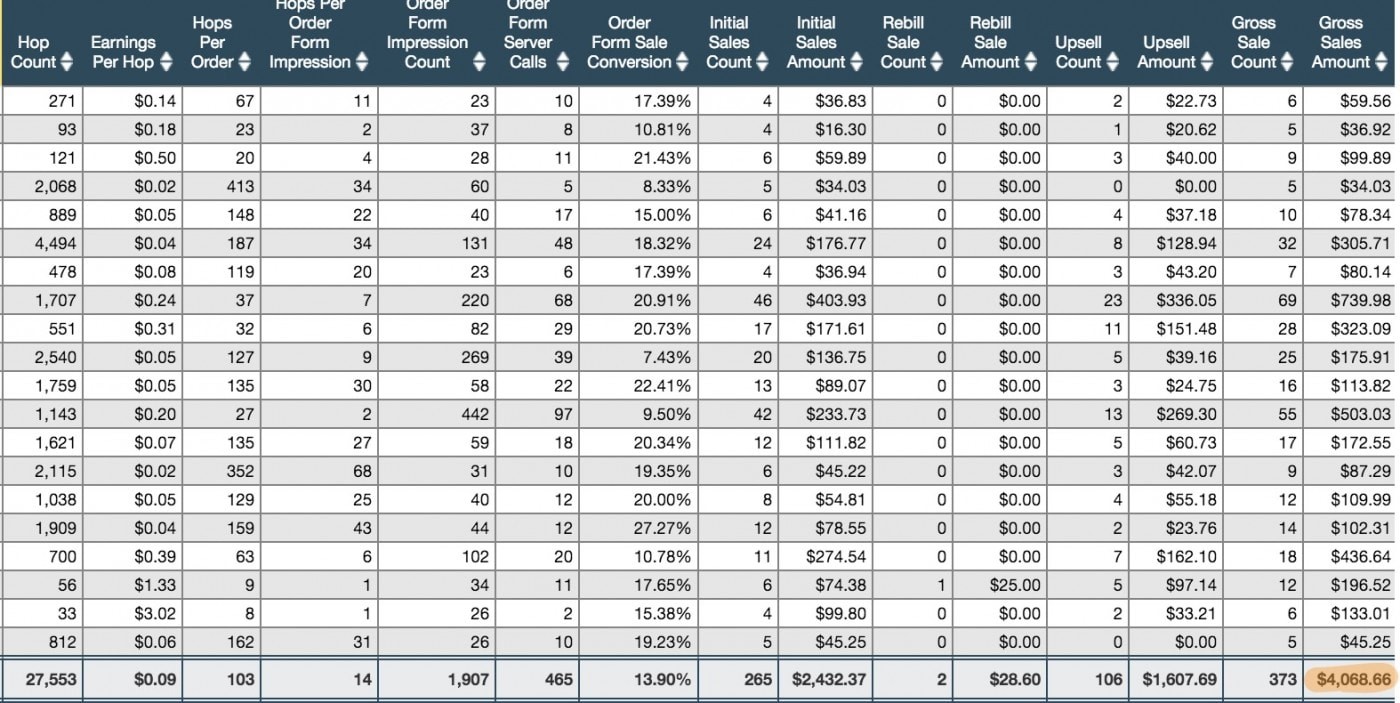
That gives us a grand total of $5,102 for the month of January from Email Broadcasts.
This is on top of what our autoresponders and in house products generate, advertising and other in content affiliate promotions generate.
Just a nice little bonus.
As you can see, this is just $268.5 on average per broadcast or $0.11/subscriber this month with an Earning Per Click (EPC) of $0.24.
Now remember, this is not the online marketing niche where we have reached up to $18 EPC in some cases. This is B2C offers and we are promoting affiliate offers meaning we only get a percentage of the revenue generated.
When you zoom into the individual campaigns, here is the distribution of EPC’s
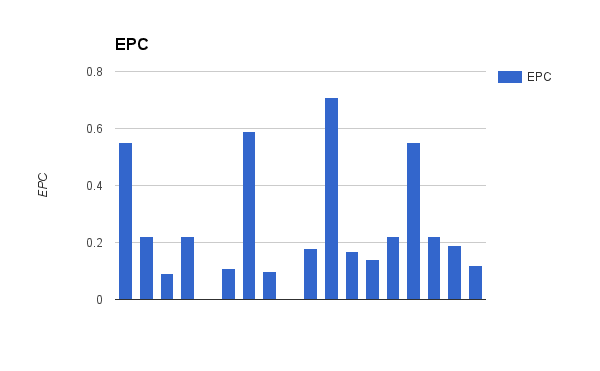
Clearly, there are winners and losers when it comes to the promotions we have done.
Despite using our best judgement, the best campaigns generated 10x more revenue than the worst campaign per click.
The results do not seem to be a function of time but a function of topic / offer / copywriting with a drop of interest for repeating the same commercial offer.
But these results are very interesting.
As per the Pareto principle, this shows us that with just the 4 best emails, we could generate most of the revenue, provided that we can maintain even levels of traffic across promotions.
Answer
Yes, you can generate ongoing sales from daily promo emails. The earnings actually add up very nicely if you have enough different offers to promote.
But like everything, a small fraction of the promotions will generate a large portion of the income.
Important Lessons
Okay, so what does all this rambling teach us?
First of all, was it worth it?
Absolutely.
If you think about it, we took a pool of leads we did nothing with and that was generating no income for us at all and transformed it into $5,000+ in 30 days while still having the ability to keep marketing to 90% of them (they did not unsubscribe).
But how worth it is it? What if I ran ads instead of my opt in form? Which one would make more money? And by how much?
To compare monetisation methods, the best way is to bring every monetisation method back to a single metric : EPM (earning per mille).
This is the amount of money 1000 visitors to your site generate on average through that method.
So let’s run some numbers (yes, again).
We will need to make one assumption:
let’s assume the average subscriber stays on the list for 6 months
If we assume we can keep on extracting the same value per subscriber monthly by being smarter on offer choice ($0.11), we can assume a subscriber is worth $0.66 to us.
at 3.5% opt in rate (our current opt in rate), we collect 35 emails every 1000 visits.
So this current system is worth $23.1 EPM to us in it’s current un optimised state.
This is on top of autoresponder money, on top of advertising money and on top of contextual affiliate links money.
If you compare it to advertising, for example, broadcast emails make about double the money for us ($10 – 12 EPM with advertising).
| Method | EMP | EPV |
|---|---|---|
| Advertising | $12 | $0.012 |
| In Content Affiliate | $10 | $0.010 |
| Email Marketing | $23.1 | $0.023 |
| Total | $45.1 | $0.0451 |
This comforts us with the current setup we have where we have an opt in pop up pop on page load then ads + affiliate links show on the page as a secondary method. We might even add a few more opt in forms and create more lead magnets to speed list growth up.
Should We Keep Emailing at the Same Pace
If we only look at the numbers, yes, this would be ideal. Especially if we could spend the money generated back into content to grow the traffic and offset the unsubscribes.
But one thing that is limiting us is the number of quality / high converting offers we can find to put in front of our list.
How Can the Process Be Optimised
Now, that was a useful experiment with useful data but how can we extract more value out of it while transforming it into a regular thing?
1 – Build an Autoresponder
One thing to note that you don’t see very well looking at averages is that there were clear winners and clear losers.
One easy way to make more is to put those winners in front of more people and to time them correctly.
The best way to do that is to build an autoresponder that sends a mix of our best posts and our best broadcast promos.
This way, we know that every single new subscriber gets sent these highly profitable campaign at a time when they are likely to be still warm enough to engage with it.
Actually, we deployed a few of these already and are seeing decent EPC’s (even though they seem to be slightly lower than the broadcasts for some reason) and make daily sales:

2 – Resend to Non Openers
Another thing we have been playing with is resending the exact same emails to the people that did not open it the first time with a different headline.
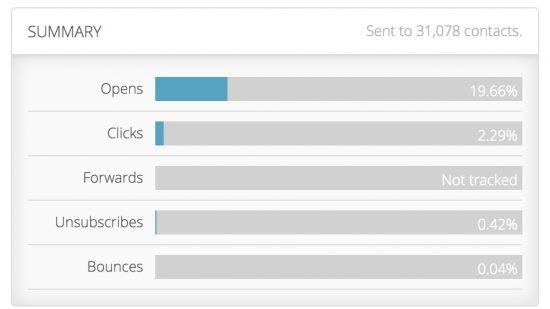
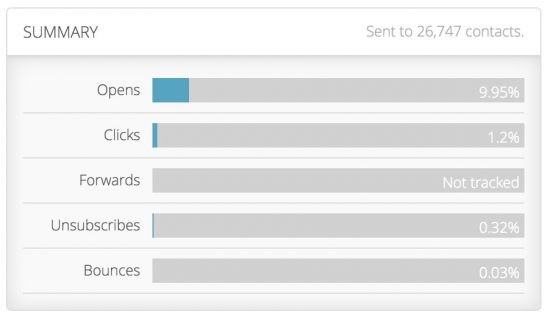
That may feel weird to newbie email marketers but this is common practice and works very well.
As you can see from the screenshots above, we easily get 50% more clicks resending the email 48h later. And those convert into sales just as well.
3 – Optimise Opt in Rates
In the end, what allows email opt in forms to be earning more than ads is the opt in rate we get.
If a subscriber is worth $0.66 to us and we convert 1% of our traffic, we only make $6.6 / 1000 visits and some ads may beat the revenue of an opt in form.
If we jump to 5% opt in, then we make $33 / 1000 visits and I would challenge you to find an ad that makes this kind of money.
| Visits | Opt in % | # of Opt ins | Value / Sub | Total Revenue |
|---|---|---|---|---|
| 1000 | 1% | 10 | $0.66 | $6.6 |
| 1000 | 5% | 50 | $0.66 | $33 |
| 1000 | 8% | 80 | $0.66 | $52.8 |
This is why we will be working on implementing more and more content specific upgrades throughout the site to push the opt in rate up and increase the value per visit.
4 – Test More Offers to Broadcast to Feed Your Autoresponder and Make the Autoresponder Longer
Right now, a lead is worth $0.66 to us with the set of offers we currently put in front of them.
But it does not have to stay that way. We could easily double or triple the value of a lead by finding more “winning” offers and adding them to our autoresponder.
The way to do that is simply to scout around the web for industry related offers and use our best judgement to filter them then test those we selected as a broadcast and monitor the earnings per click.
Once we have a winner, add it to the autoresponder and enjoy the increased lead value.
Then rinse and repeat.
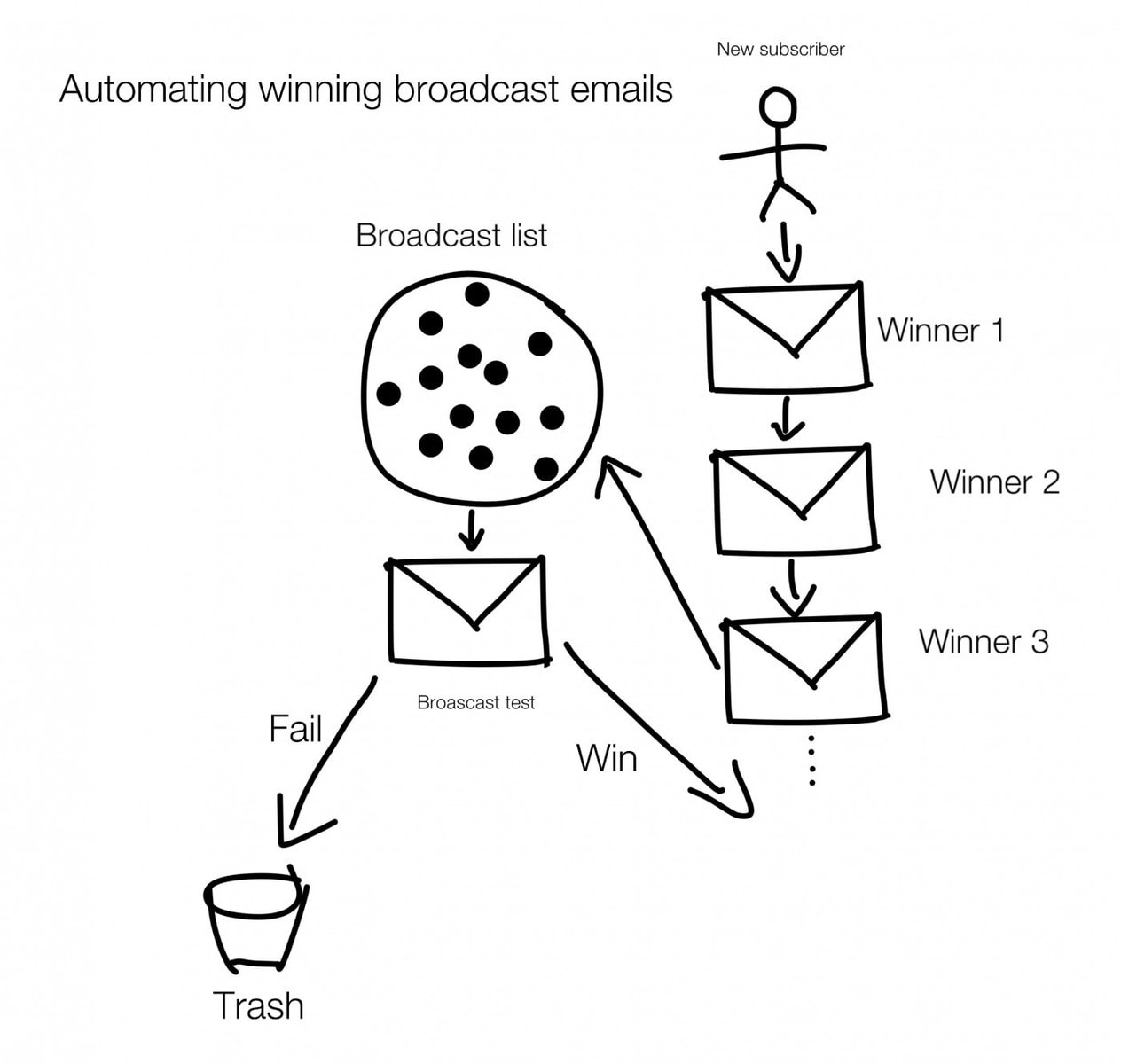
5 – Optimise Open / Click Rates With A/B Testing
Another point of improvement is clearly our open / click through rate. They are within the industry average but far from stellar.
This can be done in a few ways:
- Clean our list more thoroughly and regularly
- Add value emails between promos to train people to open, read and click
- a/b test our subject lines in broadcast and use the best one for the autoresponders
Let’s look at revenue per 1000 emails while improving open rates and CTR:
| Emails Sent | Opt in % | Open % | CTR | Total Revenue |
|---|---|---|---|---|
| 1000 | 12% | 3% | $0.25 | $7.5 |
| 1000 | 18% | 5% | $0.25 | $12.5 |
| 1000 | 25% | 8% | $0.25 | $20 |
6 – Run Our Own Offers
This is something we have started doing this month (end of March 2016). We have used our network of writers to create competing products and thrive content builder to build pre sales pages.
To this date, we are getting fairly similar results to promoting affiliate offers but we have a lot more control on things including upsale paths and just the ability to generate targeted offers at will.
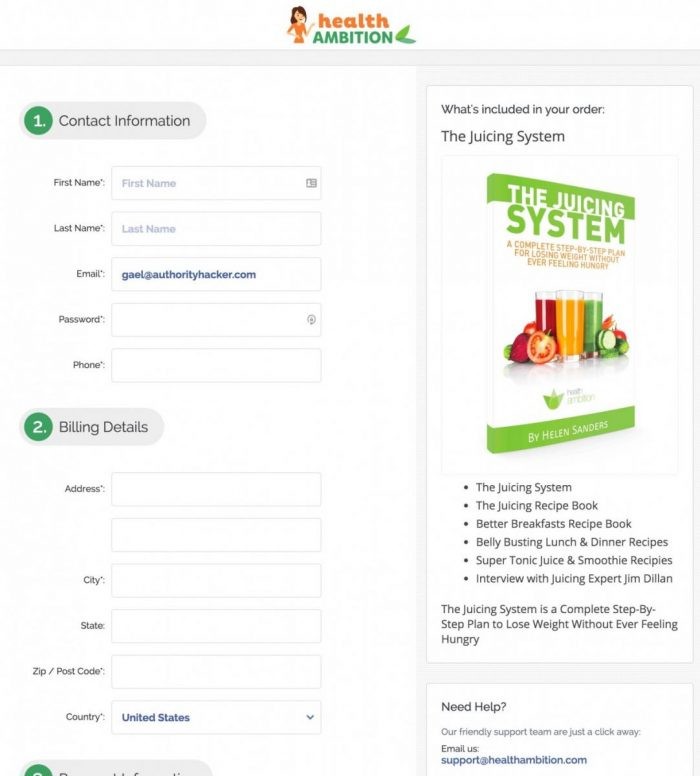
To Sum It Up
Alright, that was a lot of data so let’s sum up what we learned during the month of January by multiplying promotion emails:
- Emailing more regularly does decrease your reach initially but things then stabilise after about 10 daily emails.
- Emailing more regularly correlated with higher revenue per lead
- You can ongoingly sell to people as a blog without completely burning your audience out.
- It’s awesome to write a short email, press send and see money trickle in all day long :).
Now Your Turn
From my experience working with our members over at Authority Hacker PRO, I can see email is one of those fuzzy concepts most people struggle to grasp as opposed for example, to the Amazon Associates Program which is really popular.
And I get it, even illustrating this post was complicated and email newbies will probably be lost anyway.
Plus, the truth is, Amazon is probably easier to start with but the real power of authority sites is to stack business models.
If you want to be able to generate the domain authority that you need to rank high for product keywords, you will need informational content and email opt ins plus promotions is an awesome way for informational content to pull it’s weight without limiting its ability to generate links to your site.
When should someone start experimenting with broadcast promos?
To be honest, it depends on your niche and the kind of payouts you can generate. They are very low on Health Ambition but they are offset by large volumes of traffic.
In such a niche I don’t think it is worth bothering with it until your list is at least 5,000 subscribers.
On the other hand, I did run several $1000+ email promos on this site when we had just 1,500 subscribers because the payouts are just a lot higher.
All in all though, if you are generating traffic through content and collecting emails that you do nothing with, consider taking a break in content creation and figuring that part of your business out, it may well be the one thing that allows you to quit your job finally.
